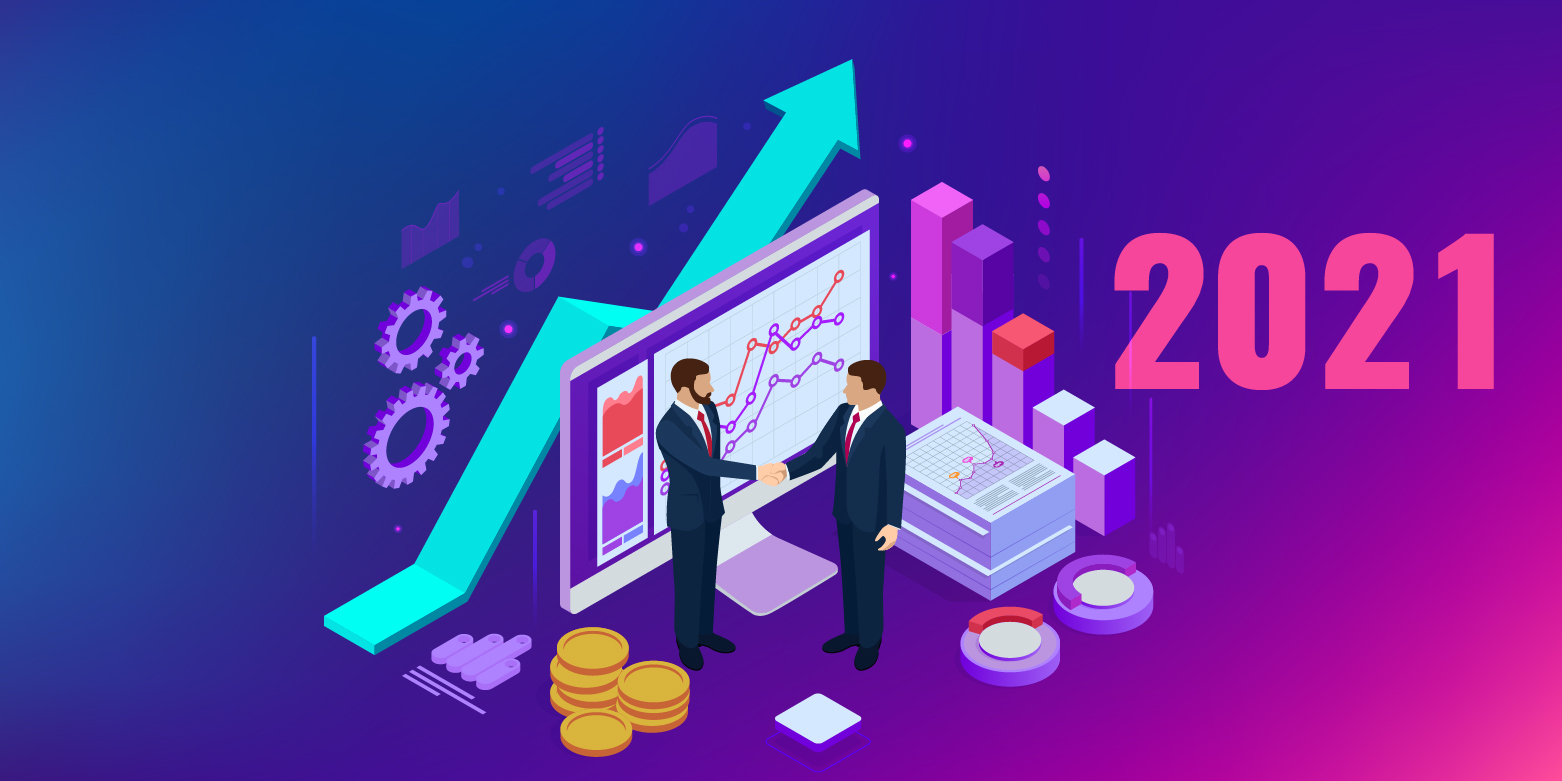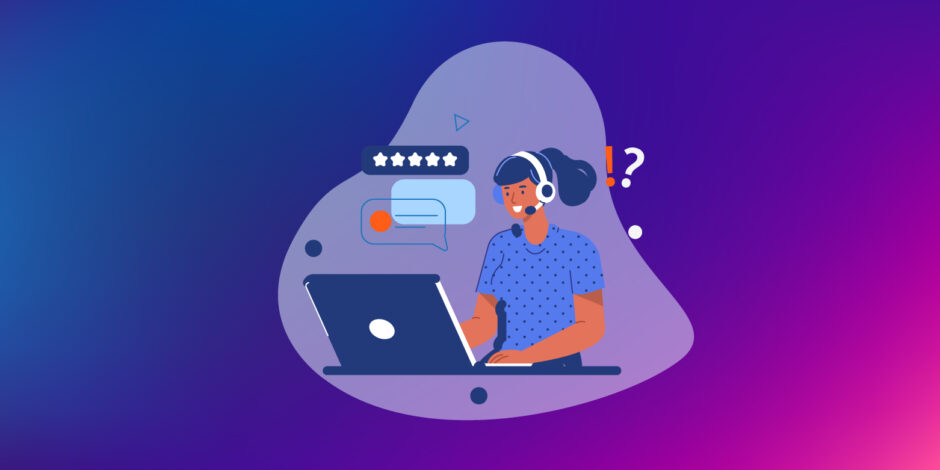
5 B2B Growth Trends CEOs Should Know in 2021
Author: Aaron Smith
Sure, you know how to impress clients and close deals. But, if you don’t keep up this momentum of growth in 2021, you stand to perish against the competition. Sounds like something you already know?
But, here is a little something that might be news to you. While the executives who were a part of Gartner’s CEO and Senior Executive Study emphasized that the number one strategy for companies remains growth, they also highlighted that one out of three organizations struggles to attain it. Why? Simply because of lack of knowledge and trend adaptability.
To gain in-depth knowledge of your customers, you need to keep a tab on big data trends and solutions like technographic, firmographic, and demographic intelligence—something a growth partner like Lake B2B can provide.
Remember, when you struggle with growth and scalability, your competitors slip in and poach your clientele. And this practice will be more evident in the year 2021, where businesses already reeling from the economic effects of a pandemic will be looking to seize a more significant client share.
Catch this early with the help of these 5 B2B trends that ensure your organization keeps growing, come what may.
1. Resurgence of Unbeatable Customer Service
Think of this as a virtue more than a trend. Given the current scenario, retaining clients by providing flawless customer service is equally critical, perhaps even more than acquiring new buyers. There are absolutely no excuses anymore when it comes to exceptionally servicing clients, thanks to data technology that offers quality insights.

While a company may believe they have cracked the code for customer service, the statistics reveal that countless clients won’t miss 74% of the brands they use.
Coming specifically to B2B sales, gone are the days when enterprises deemed launching big-budget mass-marketing campaigns worthy to lure more buyers into the fold. Next year will be about closely focusing on nurturing loyal buyers and ensuring they don’t feel your lack of support.
Here is what you can do to nail excellent customer service:
- Begin by prioritizing customers and commit a time frame within which you will resolve complaints. Ensure your team honors the time commitment.
- Relax your refund and cancellation policies.
- Offer personalized incentives rather than generic ones to ensure continued business.
Keep your customers engaged by rolling out online events that may include learning sessions, free workshops, etc.
2. Further Reduction in Response Time
The most potent way of reducing response time for a customer is by offering resolutions in real-time. But this is not always possible. Sometimes a query requires redirection to the sales team, and the entire process can take a significant amount of time. Meanwhile, you lose a prospect who was on the verge of subscribing to your service as soon as you resolved their query.

Guess what? This scenario plays out daily. Even today, the average response time is a little over 12 hours. Furthermore, several organizations end up taking almost a week to get back, while many don’t end up responding altogether.
Your customers expect a quick resolution, and rightly so. Therefore, you can provide them real-time support without hiring thousands of executives through a mix of chatbots and live chat. In several cases, live chats reduce the overall response time, boost sales, and enhance customer experience. Here a customer representative on the other side can offer support to multiple chat windows simultaneously.
3. Personalization that Goes Beyond First Names
There is no substance in addressing your customers by their first name and then providing a generic offering afterward. Know that most clients are already expecting a significant amount of personalization. So, in addition to knowing who they are, figure out what they want to buy.
If done right, personalization is a powerful tool to acquire new customers and retain your loyal clientele. Begin by leveraging demographic, psychographic, firmographic, or technographic data collected from multiple sources, including third-party data vendors. Draw buyer insights from them and pitch the right prospect at the right time.
Here are a few personalization best practices:
- Map the entire buying journey of your priority customers and keep a record of their brand interaction history.
- Pitch exclusive offers to individual clients. Doing this works incredibly well for B2B customers.
- Carefully automate product recommendations by studying customers’ likes and dislikes.
Develop proper feedback channels that allow clients to offer their comments on individual purchases.
4. Decision Making that Employs Big Data and not Hunches
Gut instinct is just not enough to make marketing, sales, and other business decisions anymore. Instead, rely on data. Several of your competitors already are! When it comes to deciding your brand offerings’ future direction, leverage data from customer feedback memos, cancellation forms, user tests, and other data-driven KPIs.

Data also aids in precisely identifying and rectifying an issue. For instance, if your clientele is dropping subscriptions due to poor customer support, you can instantly invest in live chat. However, if the point of concern is that your offering is not user-friendly, the chat option will just cost you resources. The only way to know your customers’ pain points is through data.
5. Assurance of Data Security
Data privacy and security is a top concern and expectation of customers. Organizations carry heaps of client data but lack proper accountability channels. A CMO Council study reveals that only 57% of B2B enterprises feel confident in meeting data privacy demands.
Given that data security breach is not an unheard phenomenon, you must develop mechanisms to convince your prospects that their personal information is safe with you.
Here are a few ways that show customers that their information is secure with your organization:
Ensure you comply with GDPR norms and let your customers know about it by sending newsletters.
Get your web portal an HTTPS certificate. An HTTPS protocol safeguards data confidentiality between a computer and a site.
Invest in a secure CRM system.
We know that business growth is hard! But, if you can keep up with these five trends in 2021, there is no way to go but up. In fact, look at these trends as strategies that focus on customer-centricity and, therefore, growth. So, keep your place safe by building upon the above listed five dictums and stay ahead of the curve.




